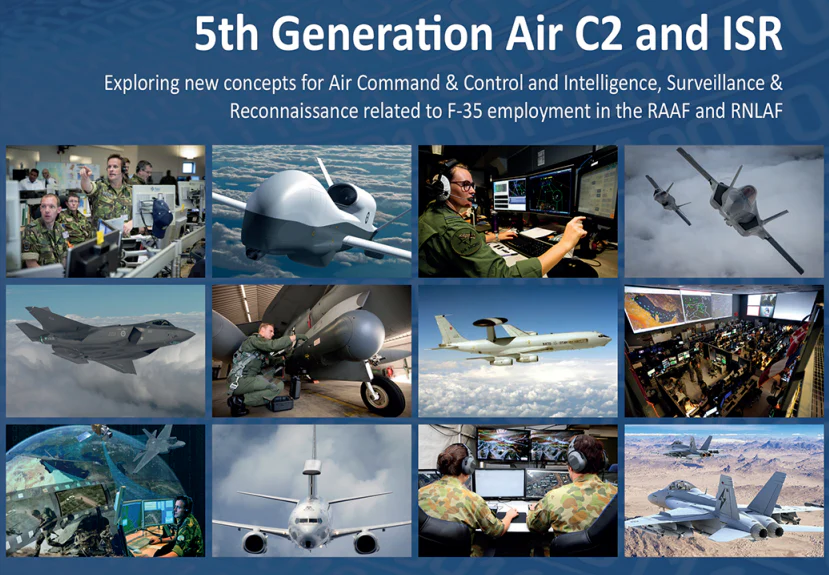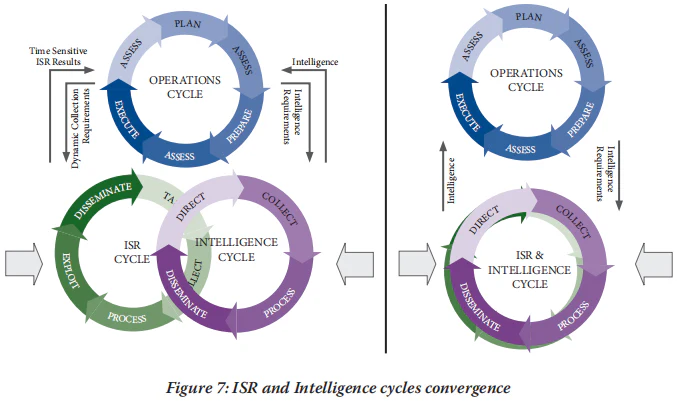ERDI
Contact Us

Senior Engineer, Yilin
- Tel : +86 28 81076698
- WhatsApp : +86 18000520222
Customer Reviews
Our team has been using ERDI products. They provide excellent services and can quickly solve the technical problems of the products. In particular, the perfection of their entire industrial chain in the field of distance measurement has greatly facilitated our secondary development
We are very grateful to the technical engineers of ERDI for their on-site technical guidance at our company. Their visit has accelerated the research and development of our unmanned aerial vehicle (UAV) system. The products of ERDI have demonstrated remarkably stable performance.
We're extremely thankful to ERDI's engineers for coming to our office for detailed product training. Their expertise in communication modules has been a huge boon for our telecom project. The ERDI communication products we've incorporated into our system have shown outstanding stability, significantly enhancing the efficiency of our R & D work.
FAQ
We are a national high-tech enterprise in China. For each product, we cover the entire industrial chain, ranging from research and development to manufacturing, and then to technical service solutions.
We provide samples and will try our best to keep the fees as low as possible. If you are our regular customer, we will offer some free samples.
You can contact sales online to get latest price; Or you can leave message to us. Our sales will contact you as soon as possible. And the price we provide is normally FOB price.
We accept payments via T/T, PayPal and LC.
Our minimum order quantity is 1 pc.
Please contact sales to confirm if we still have goods in stock. If yes, we will ship goods to you in one week time after we receive your payment. If not, please confirm with sales.
Usually we ship goods to customer via express, such as DHL, FedEx, UPS, TNT or airway transportation. You can also ask us to send goods to your forwarder in China. And we will pay domestic freight.
Yes, we provide OEM/ODM service. Lead time of customized products need to be confirmed with sales. Usually we will ship products after 2 months time after we receive customer’s payment.
Our skilled and friendly salesmen are ready to answer your questions about our products and services at any time, from product selection to application. Free technical consultation services are offered by request. Our experienced engineers are here to cooperate with you on your special requirements or OEM designs.
The specifications of our products are subject to change without notice. Please ask necessary questions before you order.
Laser products are warranted to conform to ERDI’ s published specifications and to be free from defects in materials and workman-ship for a period of twelve months starting on the shipping date. ERDI will repair or replace (at our decision) ASAP without charge, any part(s) found to be defective during the warranty period.
Our warranties do not cover damages due to misuse, negligence or accidents or due to installations, repairs or adjustments not authorized by ERD.
If a problem occurs and can’t be solved by phone, fax, or email, you may return products to ERDI. Please contact us for a Return Material Authorization (RMA) number prior to shipping the laser. We’ll provide you details on shipping and customs information with the RMA number. All lasers and components should be carefully packed to avoid damage during shipment.
Fifth generation air command and control (Air C2) and intelligence, surveillance and reconnaissance (ISR)
- Yilin
- No Comments

In future conflicts, facing opponents of comparable strength will be a likely scenario, where the mobilization of military forces will be crucial for gaining advantages and ultimately achieving victory. Air Command and Control (Air C2) pertains to how air power is directed, striving for decision-making supremacy through its implementation.
A vital means of attaining this decision-making advantage is by achieving information dominance. The purpose of Intelligence, Surveillance, and Reconnaissance (ISR) is to fulfill this objective. By gathering, analyzing, and disseminating critical information, ISR facilitates a better understanding of the battlefield situation, enhancing the quality and speed of decision-making. This is particularly important when engaging opponents of comparable strength in potential high-intensity conflicts, as it aids in identifying and exploiting enemy vulnerabilities at the strategic, tactical, and operational levels.
In the next decade, the Royal Australian Air Force (RAAF) and the Royal Netherlands Air Force (RNLAF) will undergo significant transformations, primarily driven by the introduction of the F-35 Lightning II fighter aircraft. To operate it effectively and efficiently, both the RAAF and RNLAF must critically examine their operational methods and may need to apply new concepts. Both forces share a common interest in understanding how current and planned Air C2 (Command and Control) and ISR (Intelligence, Surveillance, and Reconnaissance) systems and concepts can support maximizing the combat potential of the RAAF and RNLAF. They are developing their air command and control, as well as ISR systems, to adapt to the use of the F-35 in the fifth-generation air force of the future, enabling the agility required for actions at tactical, operational, and strategic levels. The report also discusses the relationship between Air C2 and ISR systems at strategic and tactical levels and the application of the F-35 at these levels. It proposes improvements to Air C2 and ISR systems and emphasizes the influence of the RAAF and RNLAF at both strategic and tactical levels.
The report provides a framework for fifth-generation Air C2 and ISR systems, highlighting the crucial importance of alignment between Air C2, ISR, and Information and Communication Technology (ICT). It discusses new concepts related to the use of Air C2 and ISR in conjunction with the F-35. Furthermore, the report explores how these new concepts can be applied to effectively utilize the F-35 fighter jet, creating conditions that allow the F-35 and other future fifth-generation capabilities to maximize their potential.

Fifth generation air command and control (Air C2) and intelligence, surveillance and reconnaissance (lSR)


